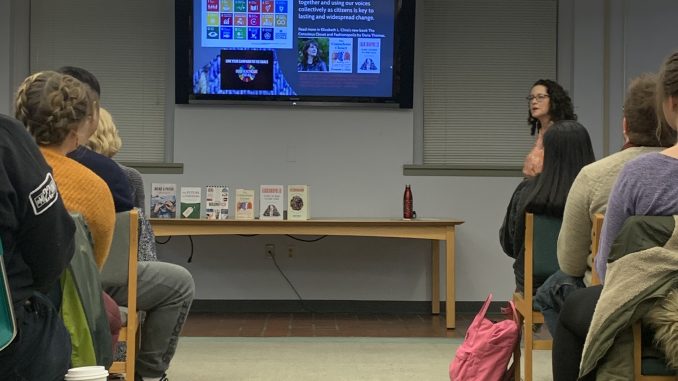
It is 2020 and the Earth has seen more wear and tear in this short Anthropocene of ours than in its own history of 4.5 billion years. The cause is blaring louder and louder in our faces every day through climate marches, poorly directed plastic straw bans and 16 year old activists: there is an abundance of consumer waste. The reason for this is the overproduction and manufacturing of products by multinational corporations.
But let’s backtrack and paint this picture with numbers.
In the single year of 2015, the fashion industry collectively manufactured 100 billion pieces of clothing for the seven billion people that inhabit this earth, according to Fast Company.
Now, if you’re thinking there is no way that even half of that was put to good use, you’re right. Most of those pieces of clothing end up in ever-growing landfills, in oceans or even being burned, which is a cost in itself. In California alone, Goodwill spends $7 million to dump clothes into landfills. Goodwill!
The small Swedish town Vasteras, where H&M originated from, even relies partially on the Fast Fashion company burning its excess products as a fuel source. That’s a nicer ending than what most apparel gets; one third of the micro plastic pollution in our oceans comes from textile fibers.
It is apparent that apparel — a $2.5 trillion business which employs 40 million garment workers, most of them being exploited women — is a major culprit in the world’s destruction. The fashion industry requires many facets of production from resources, transportation, water and so on, only to come back a few seasons later to be (non-biodegradable) waste. So how can one person do anything about this?
That is what Associate Professor Andrea Varga answered at her event “Sustainability in our Closets” on Tuesday night, Feb. 18. Varga is also a costume designer who learned to sew from her grandmother. It was through her work in costume design that Varga became more attentive to the clothing industry, its economics and impact on the environment. Asking deeper questions like what motivates the way we dress, why it’s important and why there is a lack of attention to apparel consumption were all factors that led Varga to change her habits to be more sustainable and encourage others to do the same.
As a disclaimer, Varga emphasized that she doesn’t use guilt as a motivator in her efforts to spread awareness, as so much of the media does in regards to maintaining sustainability. Varga understands that it is important to realize on a large scale that we are manipulated by the consumer market system and brands with cunning marketing, who convince people they need a lot more than they actually do.
The way for individuals to practice sustainability in our closets, as directed by Varga, is by adapting a “circular lifestyle.” A circular lifestyle means utilizing clothing for its entire, full life cycle. This includes using what we already have, not buying things we don’t need, and most importantly taking good care of our clothes.
Taking care of our clothes is not only cost-effective, but a good tip to increasing their longevity. Varga recommended switching laundry habits like using cold water instead of hot, running shorter cycles and air or sun drying if possible. It is a common mistake to overuse detergents, which often have unnatural dyes and perfumes if not otherwise specified.
Another important tip that Varga gave was to wear more natural fibers. Most of the clothing made today is polyester or other plastic-based manufacturing, which as we know, do not break down and end up polluting the planet. Instead, opt for linen, cotton, hemp, silk, wool and bamboo.
Lastly, one of the most crucial tips was to never throw away clothing. So, unless it is in complete shambles, there are always alternative uses for our apparel. Undoing the damage and pollution that big factories have caused is a huge issue for corporations to solve, but in these little ways individuals can make a difference in our everyday lives.

